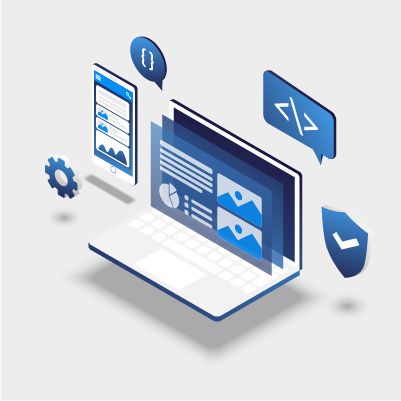What is software testing life cycle (STLC)?
The process of executing all software activities in a systematic and planned manner is named as software testing life cycle. The entire process consists of certain steps that have to be executed in a definite sequence to ensure and uphold software quality goals. There are certain phases in the STLC process that needs to be properly followed to ensure quality.

With respect to agile and DevOps practices, every component of the SDLC is optimized for speed and efficiency. In a way, even the software testing should be broken down in the STLC to ensure every component of application is verified and effectively tested to ensure high-quality products.
What are the Phases of the STLC?
– Requirements analysis
– Planning phase
– Analysis phase
– Test case development
– Environment setup
– Test case execution
– Test cycle closure
– Planning phase
– Analysis phase
– Test case development
– Environment setup
– Test case execution
– Test cycle closure
Why should Businesses take up Software testing?
Any application or software should be validated and verified using software testing practices to ensure that it is free from bugs or errors. This process is also done to ensure whether the software accomplishes the technical requirements, as guided by the development and design.
In addition to this, it also ensures that the requirements of the user are accomplished effectively and the exceptional cases are handled properly to deliver as per the expectations of requirements.
In addition to detecting the faults in the software, software testing is also useful in bringing an improvement in the software, in terms of accuracy, efficiency, as well as usability. Besides this, it is also useful to measure the performance, functionality, and specification of the software application or program.
There are various types of software testing that should be followed to achieve different objectives of the application under test while testing software applications.
What are the Main Types of Software Testing?
Though there are different types of software testing in practice but, the two major categories are Functional and Non-functional types of testing along with manual, automated and system testing types.
Functional testing
In software testing tells us what the system actually does and is used to verify how each function of the software application behaves as specified in the software requirements specification document. This testing method helps to verify whether the actual output is matching the expected output and the testers need not look upon the source code of the application.
Non-functional testing
Revolves around the specificity of how well the system performs under various conditions. It refers to various other forms of software testing and some of the most common testing methods are performance, load, stress, security, compatibility testing.

Comments
Post a Comment